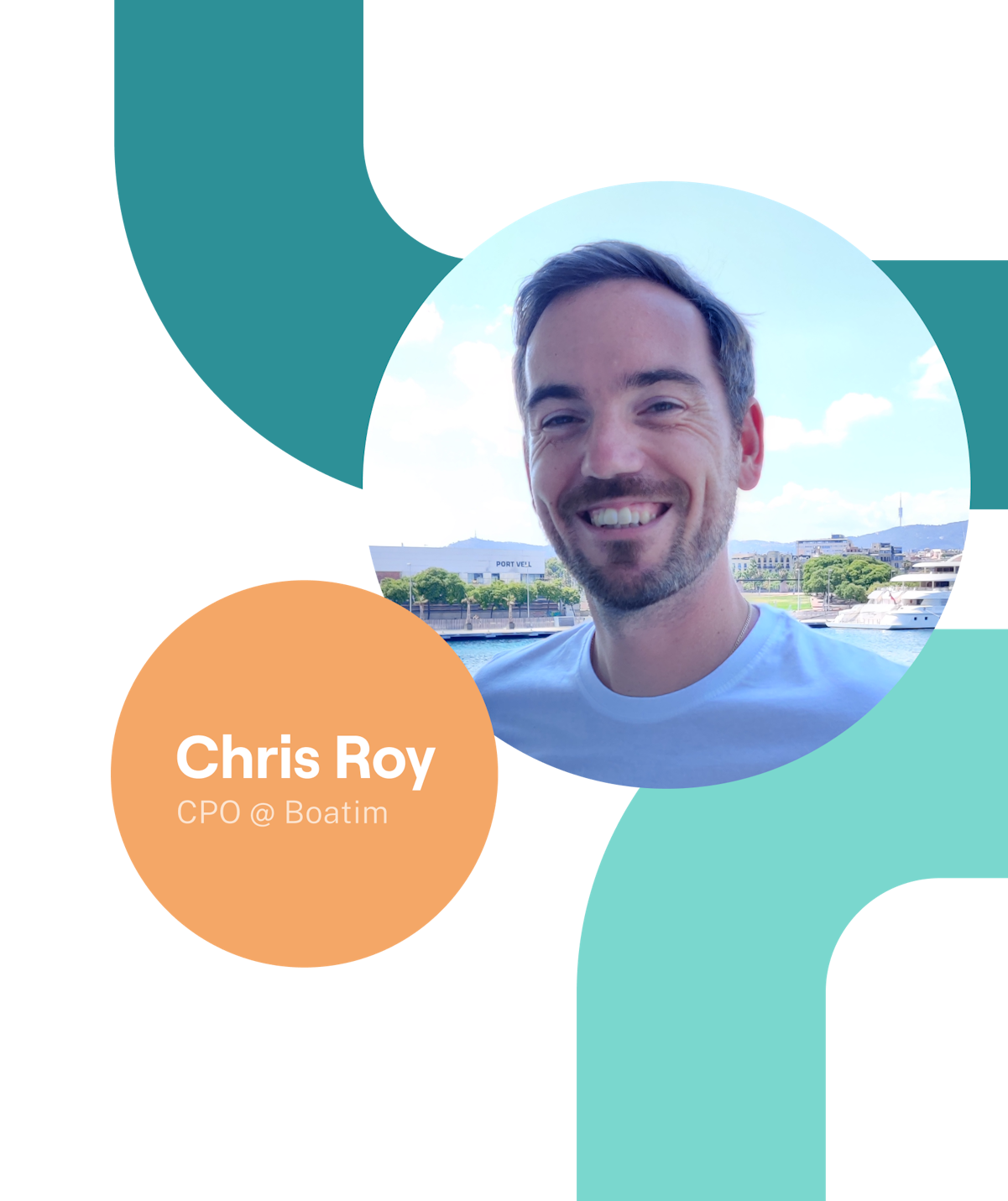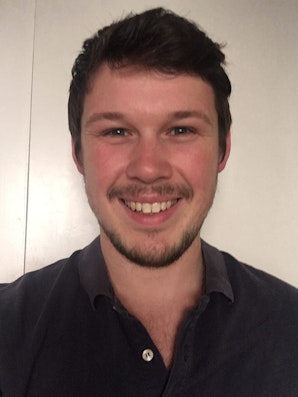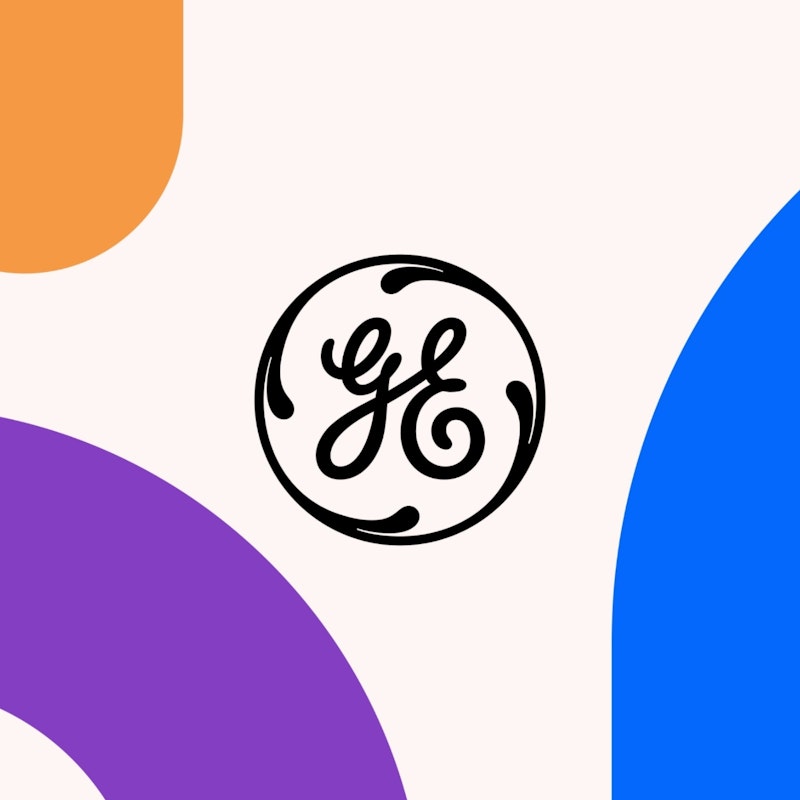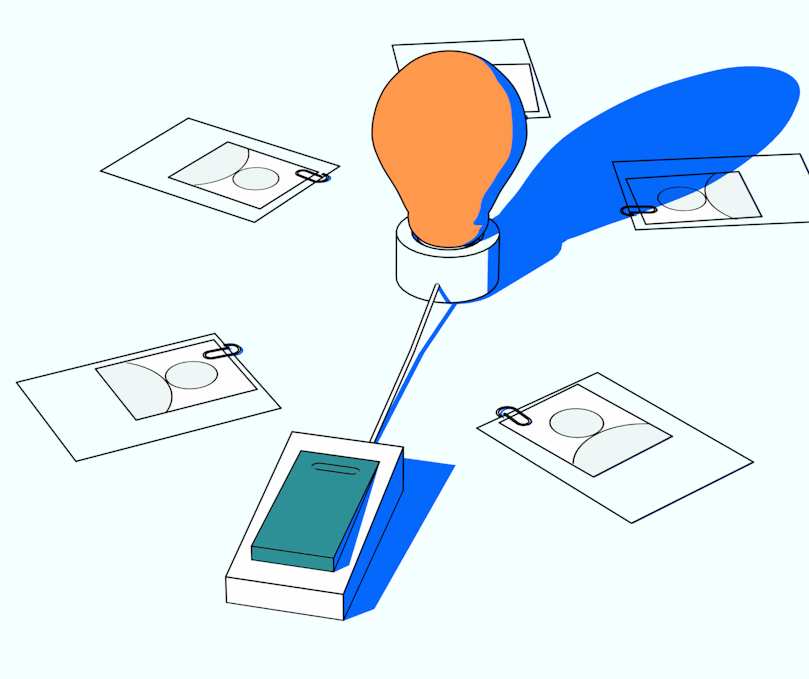Design research can inform a company on many key strategic decisions, ranging from small UX design improvements to a change in product design or even a whole new understanding of a customer base.
In the case of TravelPerk, design research led to a complete pivot of the business model. We spoke to Chris Roy, CPO at Boatim and former Design Manager at TravelPerk, about his experience in establishing design research from a company’s early days and the enormous impact it had on the future of TravelPerk.
The steps taken in the early days of TravelPerk can be used as a template for other companies to reorient their goals and solve their customers' problems.
What is design research?
Design research is a form of research—a way of learning from real people. It’s where market research meets ethnography: studying people as a way to inform a company’s design strategy.
It includes a mix of qualitative and quantitative methods and enables designers to create a design solution that responds to human needs. Without this understanding, truly good design is difficult to achieve.
A key part of this is about listening to people and taking a deep look at their opinions, experiences, and behaviors. Of all the research methodologies, design research has the greatest focus on empathy towards users because it seeks to understand their frustrations and needs.
Essentially, design research is about understanding the problems that people are trying to solve.
Chris Roy
CPO at Boatim
Share
As design researchers listen to and empathize with their users, common experiences and complaints begin to emerge. From there, patterns start to become clear. You start to see what really matters to your users, and you can reflect on whether the work you’re currently doing actually hits these priorities.
It’s through continued exposure to as many people as possible that you start to get under the skin of who your users are and what they care about.
Chris Roy
CPO at Boatim
Share
Why do design research?
There are numerous benefits for businesses to undertake design research, primarily:
- Improve users’ experience with the product
- Work on validated problems, rather than assumptions
- Help to prioritize feature development and improvements
Improving the experience your users have with your product is the main reason to do design research. The end goal is to have happy customers who enjoy using your product. Design research helps in garnering a deep understanding of users, their desires, and their frustrations, which allows designers and engineers to better empathize with users and create a product that really suits their needs.
By listening to people, you can build a product based on validated ideas, rather than assumptions. This validation of assumptions can manifest in changes of all sizes. You could learn that your customer base would rarely use your product on their laptop, but rather on their phones. Or perhaps that there’s a feature that’s missing from the product that customers see as absolutely paramount.
The first step is to validate that the problem we think we’re trying to solve is existent: Does the problem exist outside our heads, actually out in the real world?
Chris Roy
CPO at Boatim
Share
Without design research, companies are left to rely on assumptions about their users. Assumptions coming from what they learned at previous jobs, how they experience the world, and how they view their customers.
These assumptions may be correct and fairly accurate. But, a wrong assumption can mean the entire business model is looking the wrong way and dealing with the wrong problems.
Finally, design research also helps to prioritize new features and improvements. You may have five ideas for features that your product needs that would benefit the company’s growth. But if one of those is going to take a year to complete, and only improves the user experience in a minor way, then there may be other areas to focus on first. And only by gaining a true understanding of customers can you correctly prioritize the work.
How design research pivoted TravelPerk’s business model
In the case of TravelPerk, design research helped to totally refocus the company’s efforts by reprioritizing the main pain point the company sought to solve for its customers.
As with any organization, TravelPerk started with an idea: to create an online platform to help companies save money on business travel. However, the idea was based on an assumption that would soon be proven wrong.
When Chris Roy was brought on as the first designer in TravelPerk’s first year, the company had already begun to gather feedback from early prospective customers.
“When we started speaking to office managers, travel managers, and other stakeholders, the first thing they said was ‘That’s not my number-one trouble. Companies have a budget for travel.’ What they repeatedly mentioned was that they actually need a place to centralize the invoicing, centralize who is traveling and when and where, and just keep track of all that mess,” said Chris.
As the design research picked up the pace, a clear trend started to emerge: saving money was not the biggest problem for their customers. Rather, the problem was about the organization of business travel.
Let’s take a look at this as a case study to see how Chris was able to reach this conclusion.
Design research methods for early days
When Chris joined TravelPerk, he was entering a small, yet growing company that was still trying to establish its product-market fit and understand its customers. “I set up the infrastructure that reduces as much friction as possible to allow customers, or anyone with valuable input, to feed it into the company,” explains Chris.
He established three design research projects in order to gather data:
- A feedback widget on the site
- Joining in sales calls
- Fresh eyes: interviews with new employees
With these methods, the company started to gain insights from a high volume of people, paired with deep-dive conversations with early customers. Each of these became long-term projects that worked equally well during the company’s early days as during its high-growth period.
Feedback widget
The first process created was the feedback widget on the website. Chris wanted to get as many opinions from TravelPerk’s early customers as possible. He knew that if people had a complaint about the product, it was vital to make it as easy as possible for people to share that with the company.
“In my first week, I implemented a feedback widget. The thinking was: if someone is trying to use our product, and they stumble across a bug or have an idea, and they have to dig to find an email address or a phone number, well, good luck,” said Chris.
Speaking to customers on sales calls
The next new process was to make it standard for Chris to join in on sales calls with prospective customers. He prioritized listening to people, hearing their problems, and opening lines of discussion that allowed him to find the real frustrations they were dealing with.
“I spent a lot of time with the sales team, with the customers that started to come on board. It became very clear that the old mission we were trying to achieve was not aligned with what the market wanted,” said Chris.
While the feedback widget was useful in allowing customers to share immediate feedback as soon as they faced a problem, these sales calls had the opposite objective: digging deeper to find the root cause of the frustrations people were facing. Chris used the Five Whys concept to push through superficial responses to find root problems.
People won’t always tell you the root cause of their problem. They’ll give you the surface-level which is apparent in their minds. But they won’t have taken the time to think deeper.
Chris Roy
CPO at Boatim
Share
The idea is finding patterns of problems that are common to people. By asking the right research questions, you can get through the surface to find the real issues. Then, you can ask people who don’t mention those problems about what others have said. In many cases, this results in seeing that many others also have the problem—they just hadn’t considered it as something that could be solved.
Fresh Eyes: Speaking to new employees
The final major design research initiative that Chris started early on was dubbed Fresh Eyes. As the company was bringing on more staff, Chris saw the value in their opinions and experiences. A 30-minute interview was conducted with every new employee coming into the company from upper management to interns.
“If you think about the cost and effort it takes to prepare research, contacting potential participants, we were able to have a funnel of candidates that would come directly to us and say, ‘Here’s my 30 minutes, let’s sit down and talk.’ It massively streamlined our feedback and research process,” mentioned Chris.
Many new employees were coming from other travel companies and were able to share insights they’d gathered in their previous experience. Seeing how competitors perceived their customers could either validate TravelPerk’s ideas or reveal that even the competitors were missing customers’ main pain points. In this way, it helped to augment the findings from design research undertaken directly with customers.
Employees coming from other industries also had valuable insights. They themselves had been customers for other travel companies and could share their own thoughts and experiences with booking travel online. “We must have recorded hundreds of sessions. We’d ask about their travel booking experience. Even about their gap year, ‘How did you plan and book it all? What problems did you face?’”
For TravelPerk, this method was useful since everyone coming into the company had booked travel in the past. However, for many other companies interviewing employees will not be a valuable source of information as they won’t fit the target audience’s criteria. In those cases, creating a group such as a Customer Advisory Board is a better solution.
Centralizing findings from research
The synthesis of these three initiatives resulted in an extremely useful and thorough set of data. Chris’s next step was to make the findings accessible to the entire team. By creating a database of findings, Chris made the data comprehensible for others in the company.
Having this centralized source of truth helped to align our team and gave us a valuable resource that we could tap into for planning OKRs and thinking of the future.
Chris Roy
CPO at Boatim
Not only was the data kept in a single shared online location, but the demographics and other details of respondents were submitted, too.
“Every interview would have an exhaustive list of their background. Where they’re from, who they are, what they do. Everyone was positioned in a standard way that allowed us in Product to do queries on that database. So we’d say ‘I want to find out what Travel Managers in Europe are saying vs the US and we could easily search for that data,’” said Chris.
By formatting the research results in this way, contrasts can be made between groups of people. This allowed the team to view the data in a more defined context. The end result of this ties back to the original point of design research: understanding people and creating a product that works for them.
Using highlight reels to show results of design research
Sharing findings from design research isn’t as simple as boiling down the data into a final, neat percentage that can be put into graphs, as with quantitative research. It’s about listening to people, empathizing with them, and finding patterns, which requires a human understanding more than a calculation.
So, Chris shared the data in a different way. “We started to make highlight reels. Two-minute videos taken from calls. At the end of every week, we’d have a company meeting and play the video. We’d all look at what we learned in the week. It was amazing to see the change happen.”
These highlight videos served to connect the people using the product with the people creating it. Instead of looking at data himself and requesting actions from engineers, the engineers themselves were shown the highlight reels. “If you speak to an engineer and ask for a change, it’ll get put on their backlog. But if you show them this highlight reel, from real customers, you can feel the pain in their eyes when they talk about their problems.”
The difference was night and day. With empathy as the core motivator throughout the whole company, the true priorities of the work were taken on. The big problems customers were facing got dealt with as a matter of urgency.
Putting a design research team together
As Chris’s research and initiatives were adopted by TravelPerk, the importance of research within the design process was made clear through the company. Thus, Chris’s team began to grow and new employees were brought on.
When hiring new designers, research skills were imperative. It needed to be a huge priority for any designers in Chris’s team. One of the final stages of the interview process was a 3-hour exercise, broken down into the design stages:
- Problem recognition
- Research
- Ideation
- Solution
The goal was not just to see how capable the candidates were at handling each of these stages, or how talented they were at quick problem-solving. What was as important was finding where they focused their time.
“Some would spend 90% of their time on research and digging into the problem, and then squeeze out a solution at the end. But, it was probably a pretty good solution. Then we had others who would rush past all the research and focus on designing a shiny UI, but would miss the root problem.”
Chris wanted to see that the candidates viewed the research and understanding of the customers’ problems as important as the whole company did. It wasn’t good enough to take the problem they heard and jump into creating a solution. The most important aspect was for them to gain a thorough understanding of the customer and the root of the problem.
And of course, the candidates chosen by TravelPerk were put through the Fresh Eyes interview. It helped to reinforce the company culture of listening, understanding, and design thinking that Chris was helping to build.
The way I wanted to build the team was for the designers themselves to care about the end customer. I don’t want designers to feel disconnected. It changed the dynamic and made people take charge of how they work—faster and smarter.
Chris Roy
CPO at Boatim
Share






